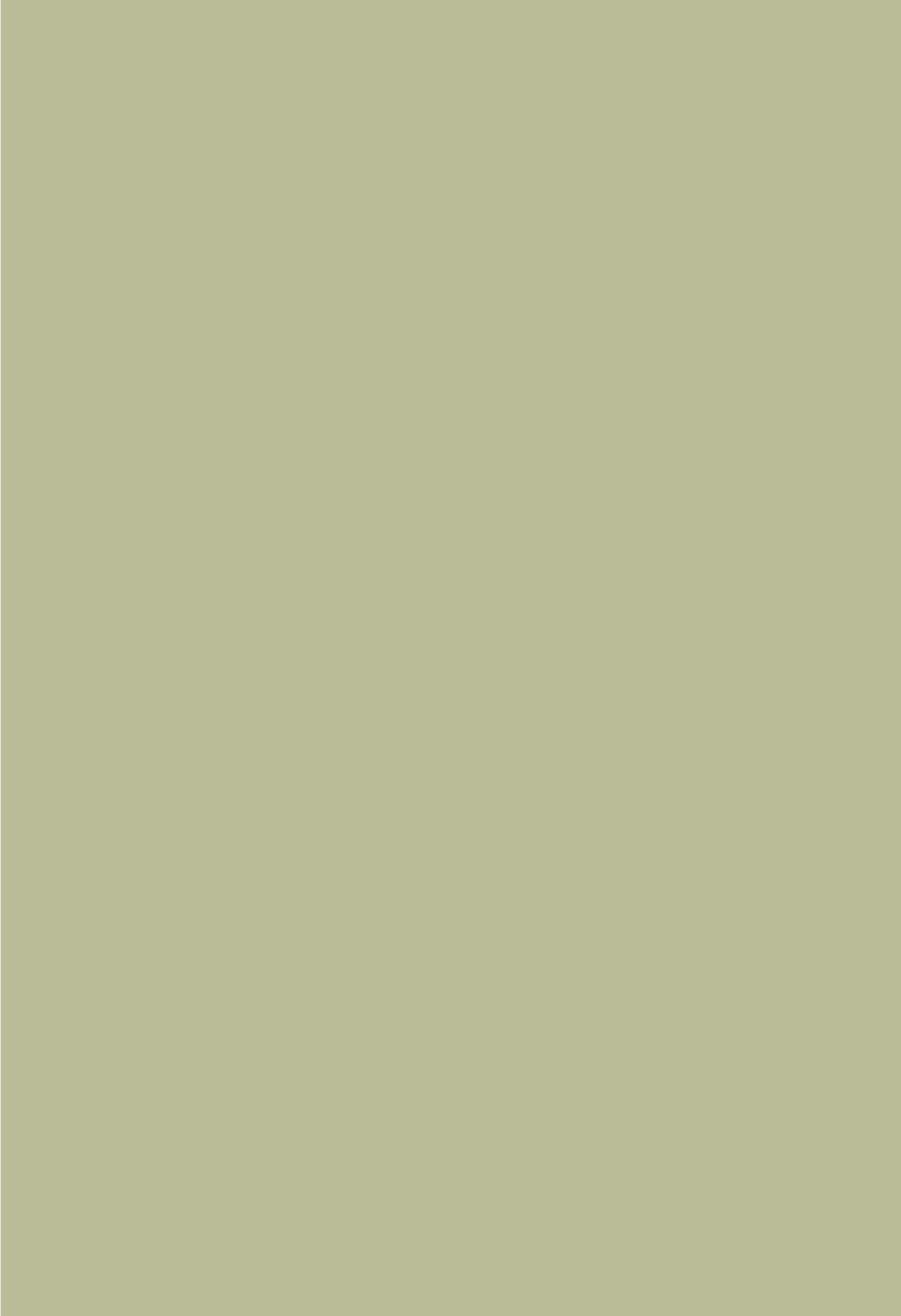
The Eight was a loosely organized group of artists who sought to protest the National
Academy of Design’s exclusive exhibitions by forming their own show at the Macbeth
Galleries, New York, in 1908. They included Robert Henri, John Sloan (lots 157-163),
George Luks (lots 176 and 177), William Glackens (lots 166 and 167), Everett Shinn,
Maurice Prendergast, Ernest Lawson (lot 148) and Arthur B. Davies (lots 172-174). In
general, their aim was to free American Art from its rigid academic structure and
escape the influence of the omnipresent Academy. At the time their paintings were
exhibited, they were considered a dramatic display of Realism in the face of academic
tradition. These artists, some of whom formed what was dubbed the “Ashcan School,”
to which George Bellows belonged (lots 149-156, he was not a part of The Eight),
paved the way for the radical 1913 Armory Show five years later.
Following their inaugural exhibition, The Eight never had another group show;
though at the time they had planned annual exhibitions with the possibility of inviting
European artists to participate, foreshadowing the Armory Show. Their 1908
exhibition was also the foundation for the 1910 Exhibition of Independent Artists held
in New York and precipitated the Armory Show in many ways (politically, socially
and structurally). All of the artists, save for Shinn, would go on to participate in both
of these exhibitions just a few years later, with Davies, Henri, Sloan and Glackens all
playing pivotal organizational roles in the 1913 show.
The Eight Independent Painters or the Eight Secessionists
, later known just as The
Eight, were lead by Henri, the spiritual leader of American Realism at the time and
lifetime crusader against the artistic establishment, along with the four other
Philadelphians with illustration backgrounds—Sloan, Luks, Glackens and Shinn—who
had met while working for the local newspapers. Once in New York, their group
would be rounded out by the older and more established Impressionists and Post
Impressionists, Lawson and Prendergast, as well as the fanciful Davies. Despite their
varied styles, backgrounds and ages (Shinn was the youngest at 32 and Prendergast
the oldest at 55), they were united against the Academy’s iron-fisted control over
what was then heralded as fine art in America.
All eight artists had been rejected from the Academy’s 1907 spring exhibition and,
in March and April of 1907, they began planning their own show. Through Davies’
connections, they acquired a two week lease of the Macbeth Galleries at 450 Fifth
Avenue (at 40th street) for $500, beginning on February 3, 1908. This independent
exhibition caused a stir unlike anything previously in America. Their dark canvases
depicted slums, downtrodden workers and crowded theaters without celebration or
gloss, contrasting sharply with accepted Academy norms. Their show was a
commercial success and they achieved national attention, earning them monikers
like the “Apostles of Ugliness.”
Ironically, and practically overnight, the Armory Show undid the radical energy stirred
up by the Macbeth Galleries exhbition, which had helped lay its groundwork, as well
as the Ashcan School’s place in American Art. In 1908, these artists were considered
raw and gritty, but by the 1913 Armory Show, they looked old-fashioned and tame
compared to the works of the Cubists, Fauves and French Modernists that were
shown and sold at the 69th Regiment Armory on 25th Street and Lexington Avenue.


